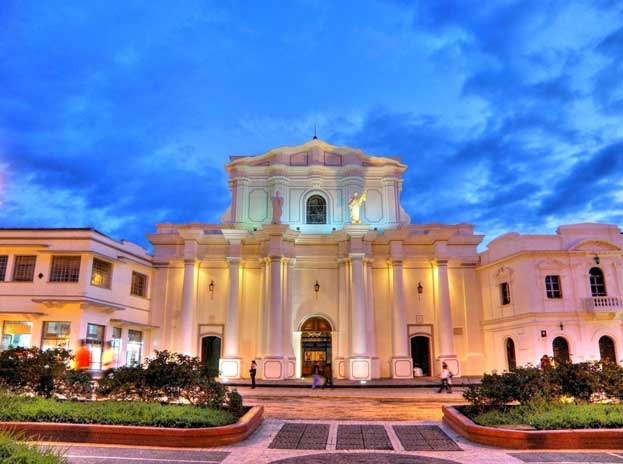Colonial City of Santo Domingo became the site of the first cathedral, hospital, customs house and university in the Americas. This colonial town, founded in 1498, was laid out on a grid pattern that became the model for almost all town planners in the New World. The first impression of the Spanish colonizers was favourable: the nature was luxuriant; the aborigines were friendly, and it seemed that the ground was rich in gold. Using what was left of the Santa María, Columbus built the fort of the Nativity (Navidad) on the northern coast of the island not far away from a peak that he called Christi Mount, leaving 39 men there under the protection of the village head.

Continent: North America
Country: Dominican Republic
Category: Cultural
Criterion: (II)(IV) (VI)
Date of Inscription: 1990
The Recreation
When Columbus returned to Hispaniola a year later, the fort had been destroyed, his men were dead, and the aborigines had become mistrustful. He founded a new colony further to the east, which he called Isabella, and left it under the control of Bartholomew. However, the first revolts were very soon to begin.
 |
| Santo Domingo Cathedral |









No comments:
Post a Comment